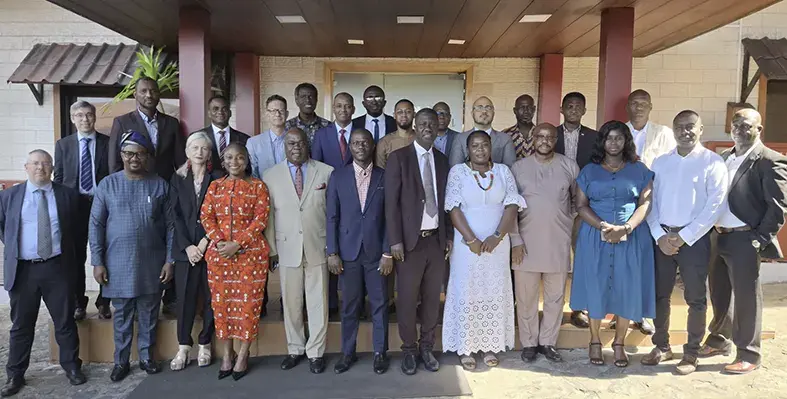At MWC 2015, Alcatel-Lucent demonstrated 5G, the critical step-change intended to enable future connectivity while ensuring the viability and sustainability of networks, revealing the product of five years of research to date by Bell Labs into the new standard
Tod Sizer from Bell Labs, speaking at MWC 2015, who is Alcatel-Lucent's head of wireless research, partnered with Alcatel-Lucent's architecture strategy director Alistair Urie to outline the industry roadmap for 5G deployment.
Their prime technical concerns have been based around two areas of market interest - who is going to use 5G and what their expectations are? Prime target groups are today's youth, who have grown up with only a wireless experience or predominantly wireless experience with an expectation of a multiplicity of connected services whether these are multimedia content or voice or text or social media-based.
So Bell has been looking at the Internet of Things (IoT) and has also tried to anticipate untethered applications that have possibly not even been imagined yet, but that this new generation of connected individuals will create in the years to come.
IoT is the key to bring much of the focus on 5G to create solutions and to successfully connect user to information and adapting the network to expectations. Research is therefore on network flexibility and on new ways of interacting and enhancing network flexibility.
What have we today? Predominantly the world is a 3G environment, augmented by Wi-Fi. The aim is to make all connections disappear and effectively make wireless technology invisible but omnipresent. It should cease to exist as a visible entity, but this requires heavy investment in technology. 5G is not only about millimetre wave. Therefore, it also needs a good classic macro cell infrastructure, to ensure it is universal. As a product story it starts with macro cells and then rolls out into small cells.
African access to advanced connectivity
Where do the emerging markets of Africa fit with the emergence of single standard for 5G? The communications industry is rapidly reaching consensus on 5G and the broad industry roadmap offers the prospect of an agreed standard by 2019 with roll-out across the globe between 2020 and 2025. Expect initial deployment in North America then in Europe and then in Asian, African and other American economies.
On a global scale, the industry may be expected to move quickly - favourable by comparison with 3G deployment, for example, for which research began in the mid-to-late 1980s before global deployment in the during early-to-mid 2000s.
The order of deployment of 5G reflects market conditions as much as the loci of research and development. The USA comes first not just because of technological edge, but also because the market needs it — on 3G the USA is already in negative growth where Europe is still seeing positive 3G growth. Asian, Africa and Latin American markets are experiencing solid growth across 3G alongside 4G adoption.
Network management is shifting with 5G and this make for scalable traffic flows as the way we communicate and connect changes. Enabling an IoT is a hard problem to solve, and 5G deals with the hard problems associated with universal connectivity by spreading traditional and new backbone tasks through the core network and out to smart devices, using individual device processing power as well as installed radio bases.
With 3G and 4G, the mobile served as a tool for handover. With 5G, the investment in 4G is carried forward and aligned with device computing power.






















